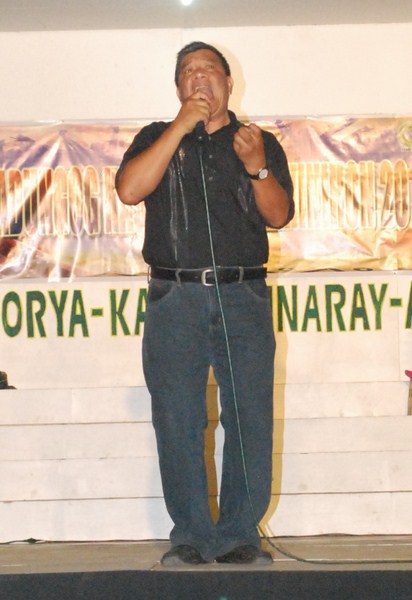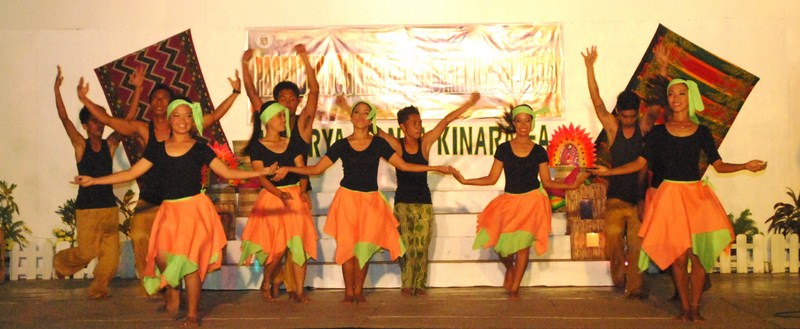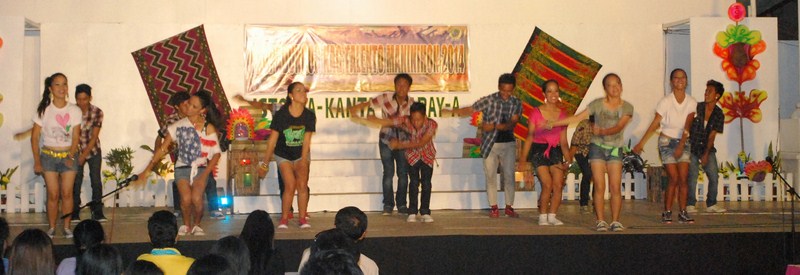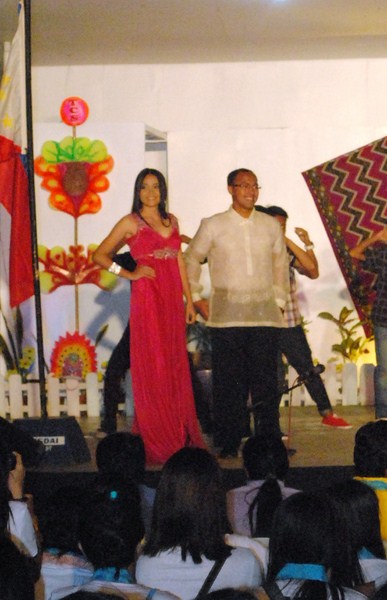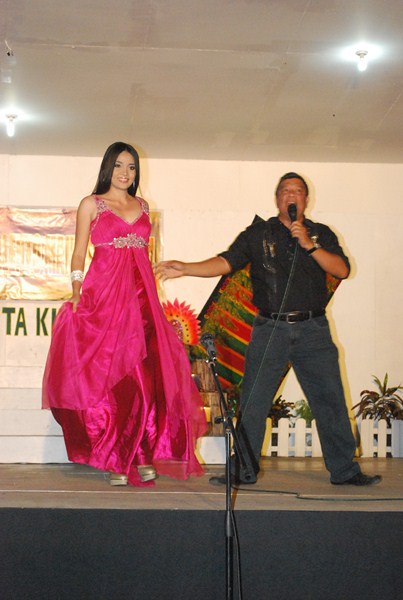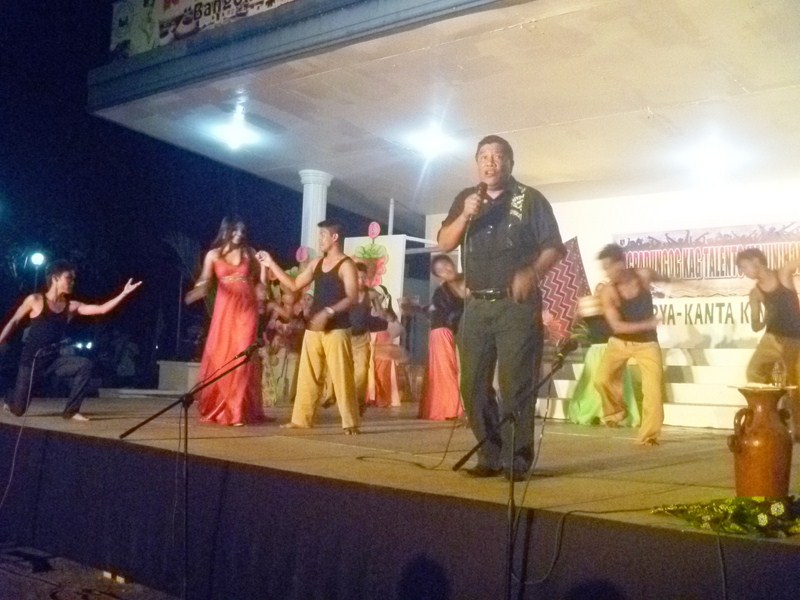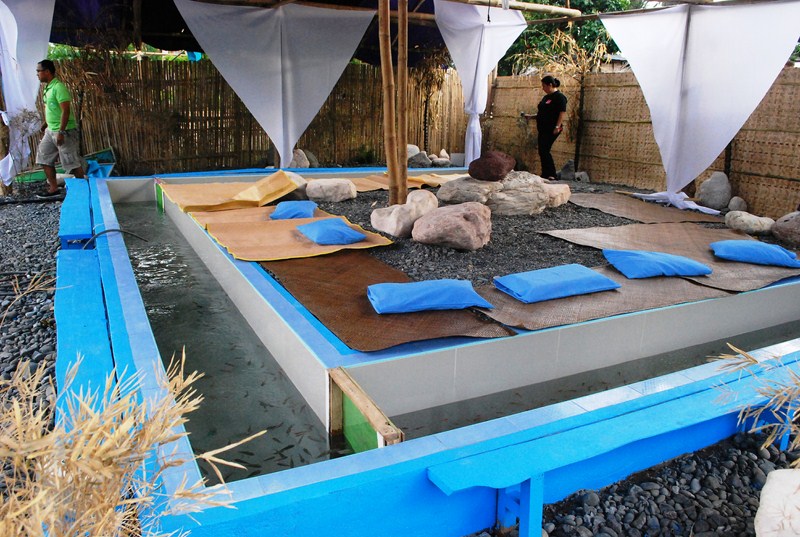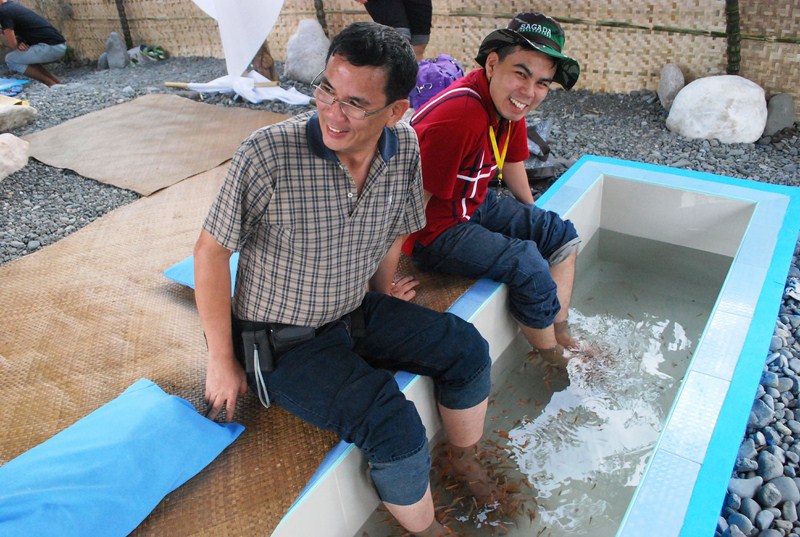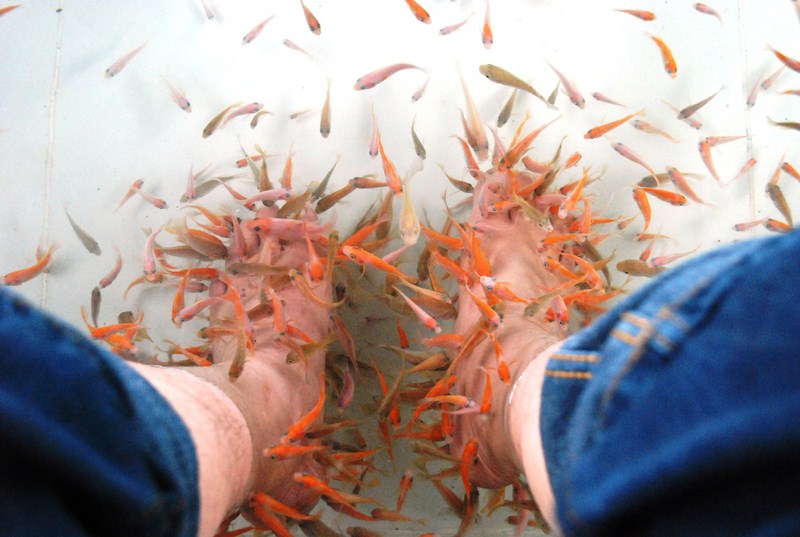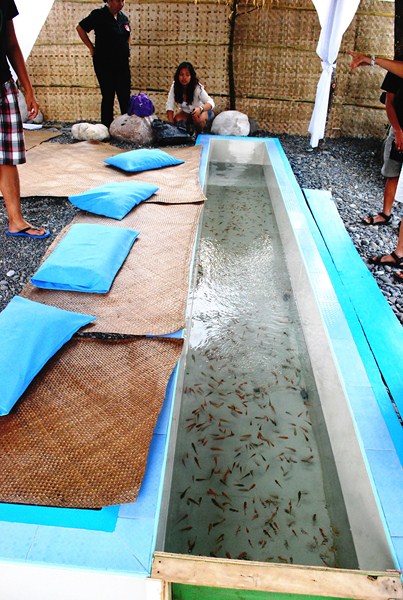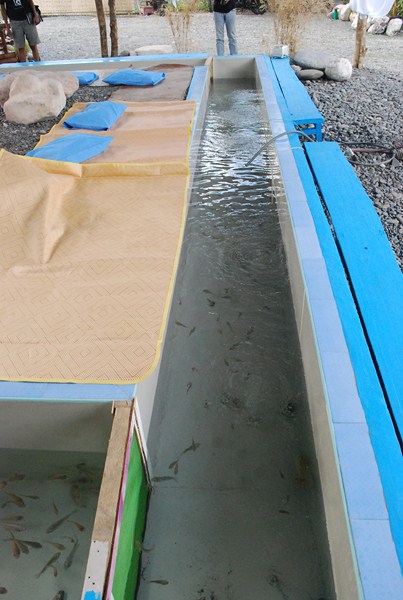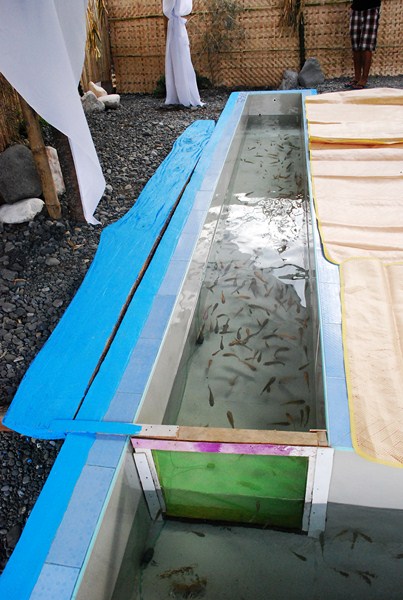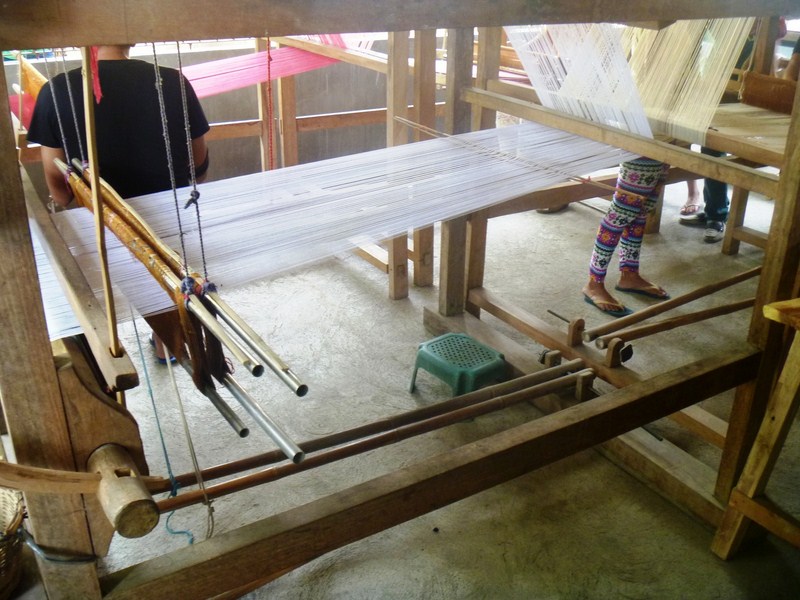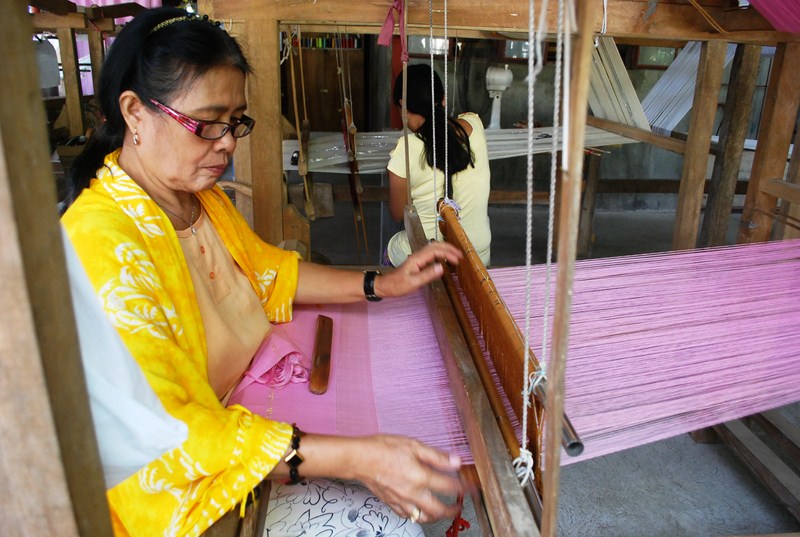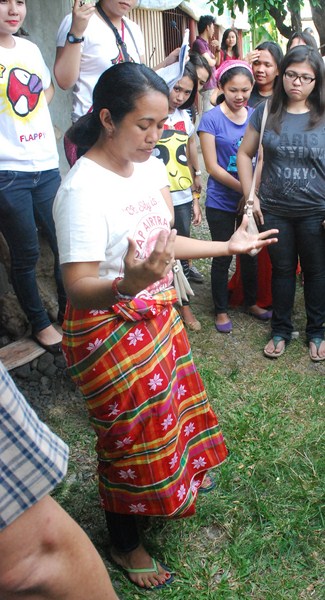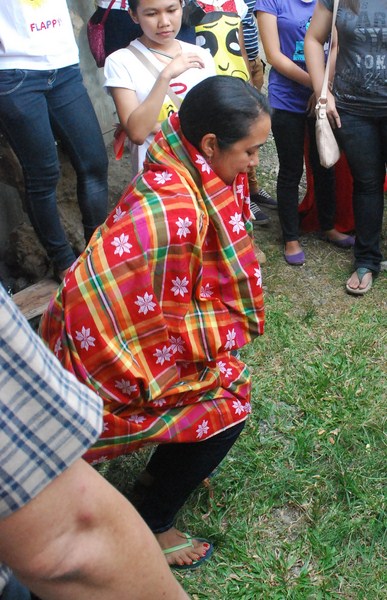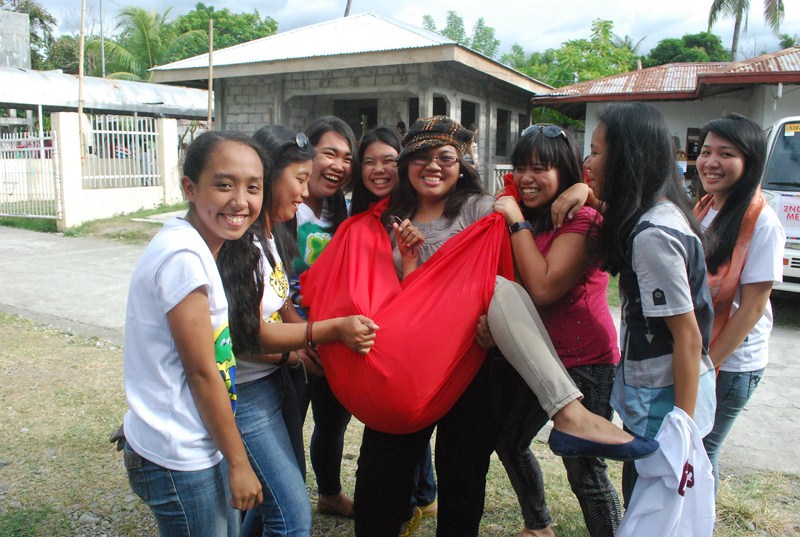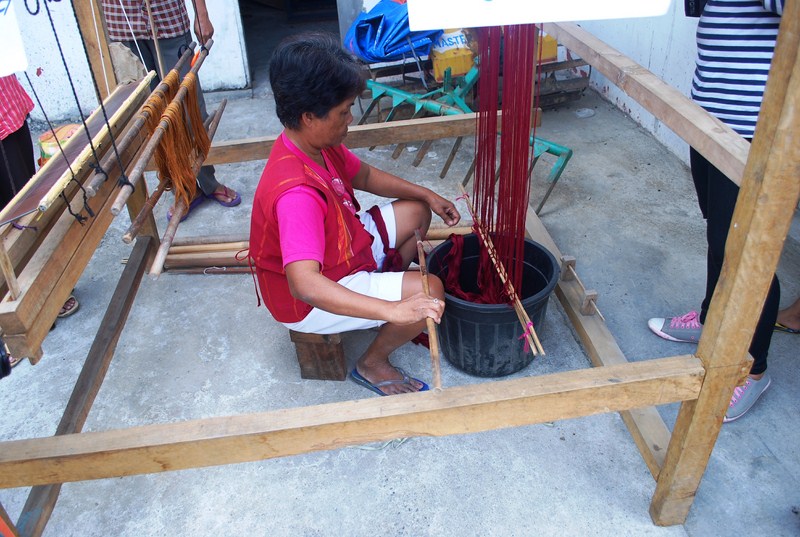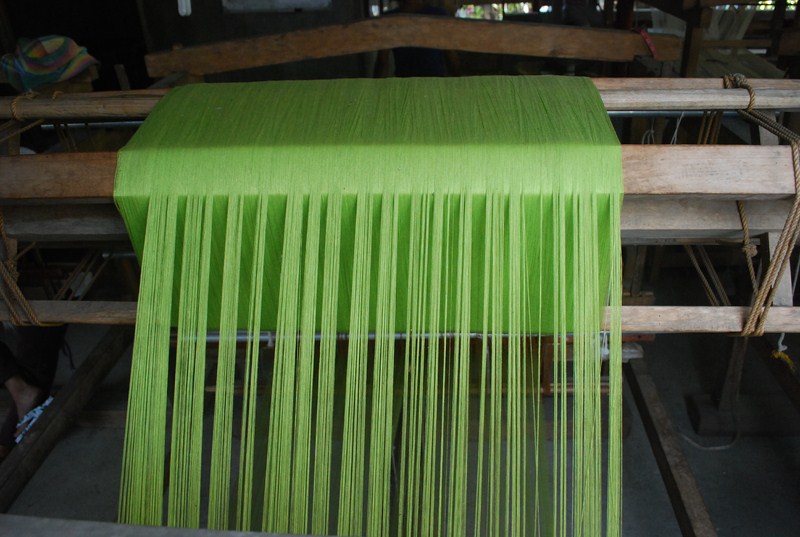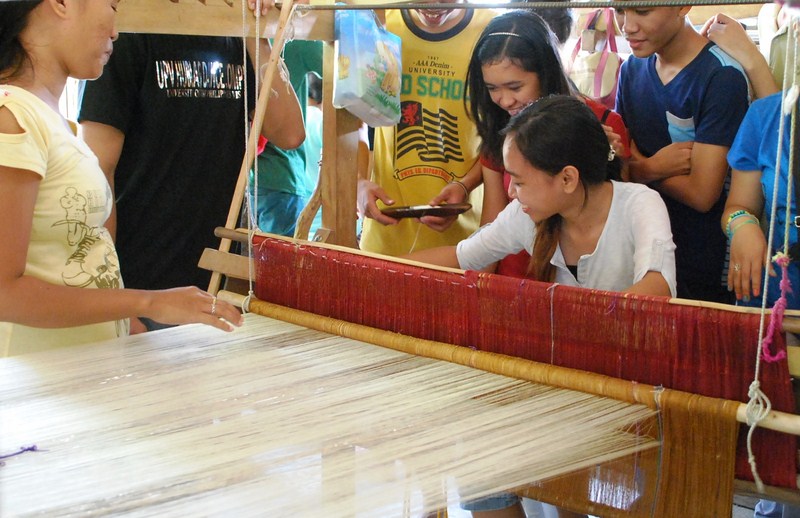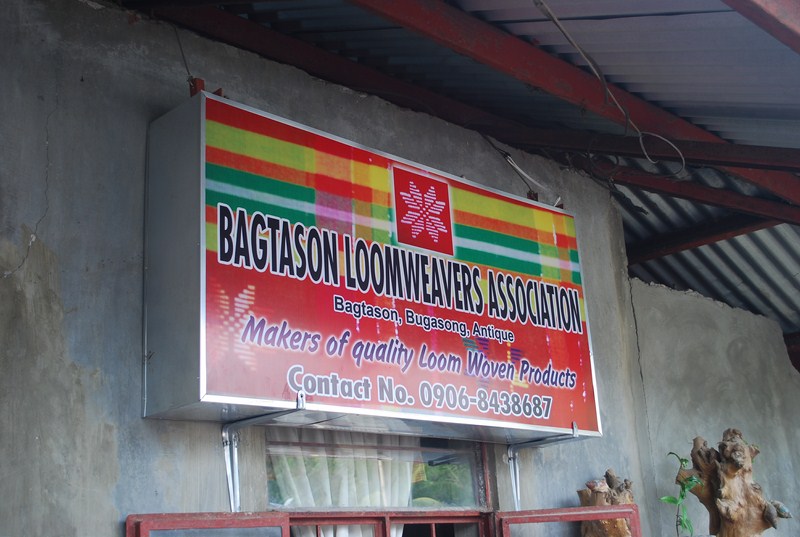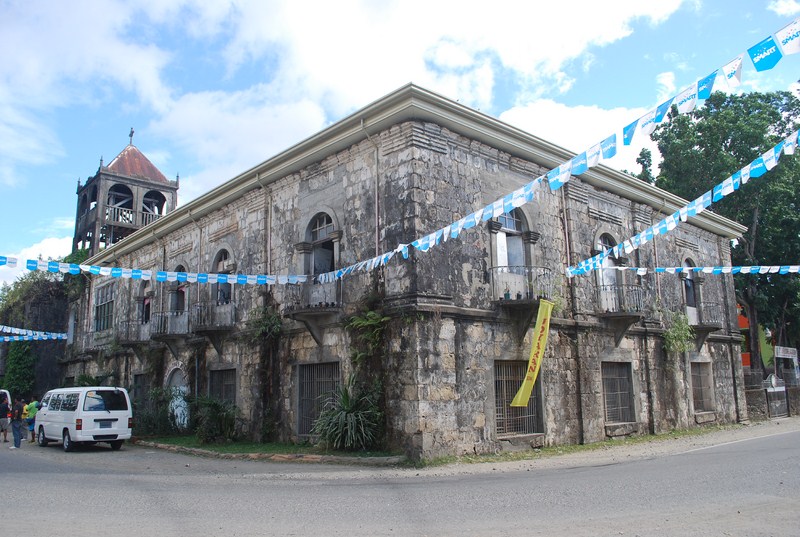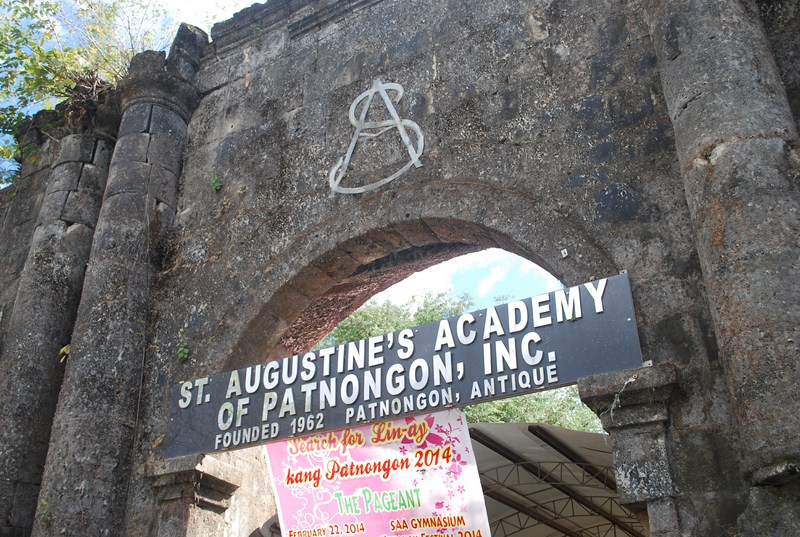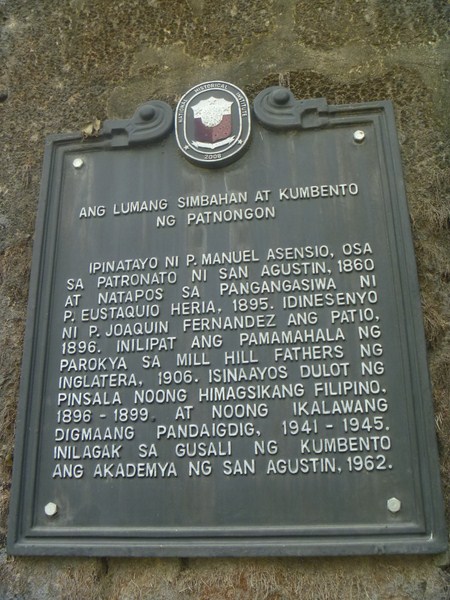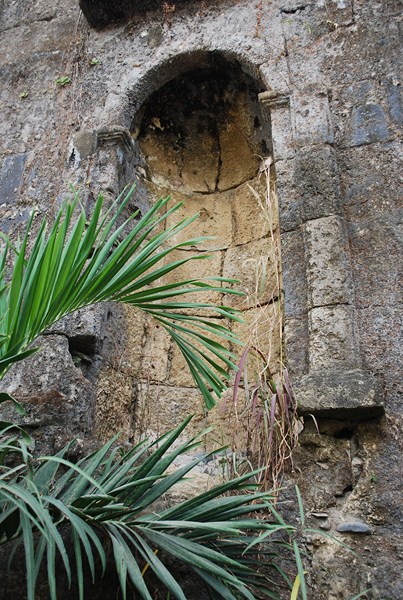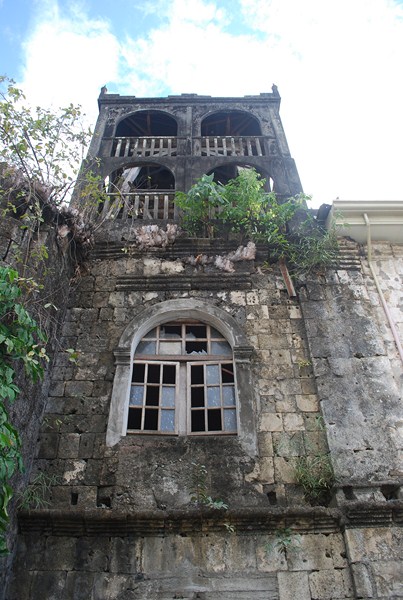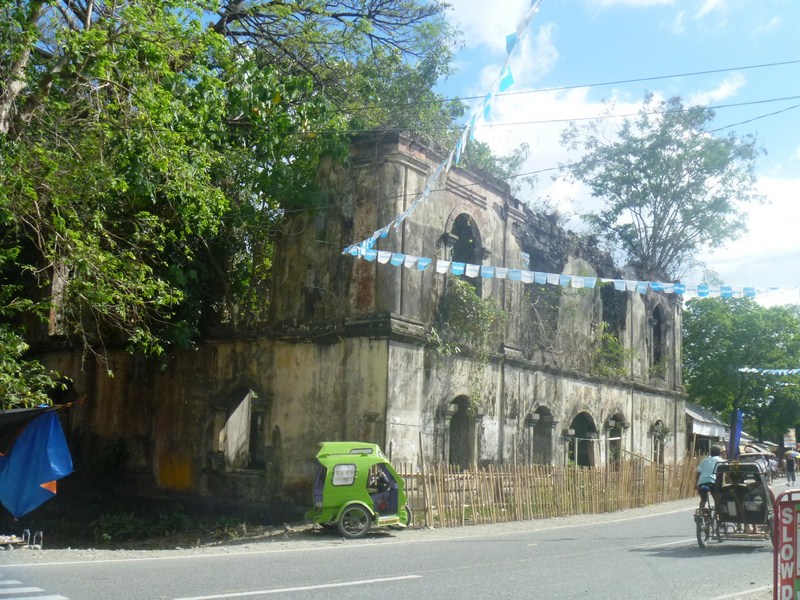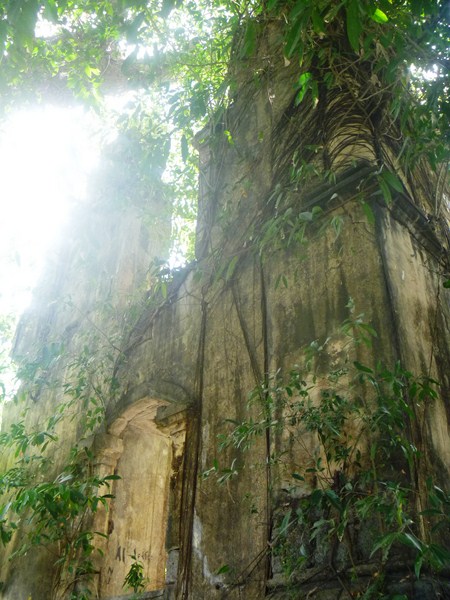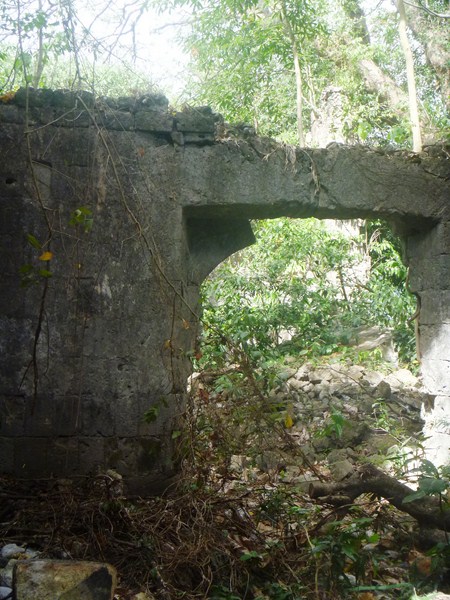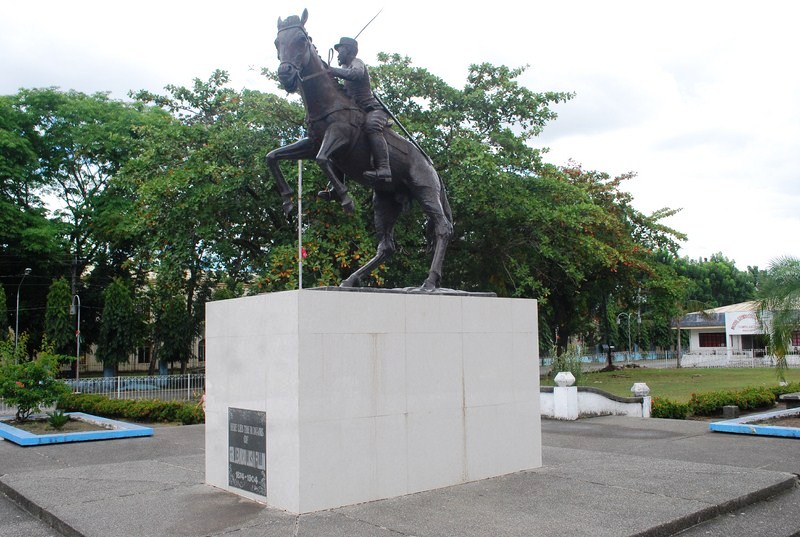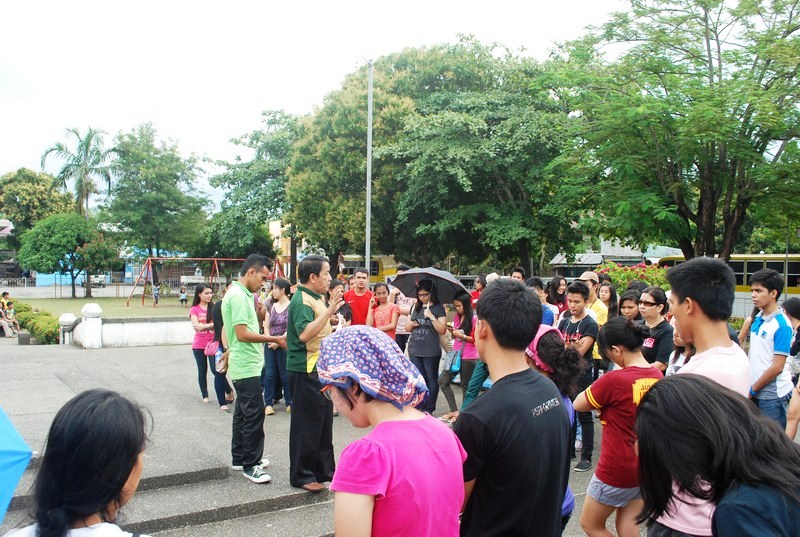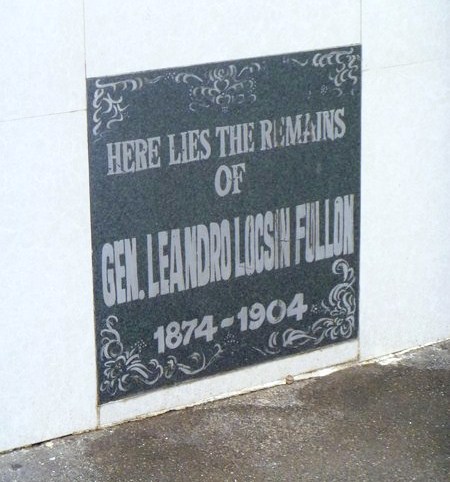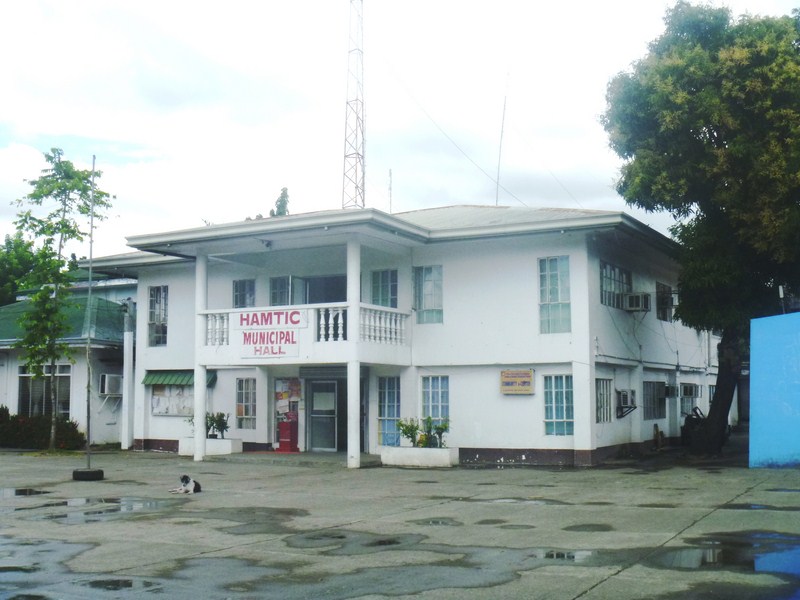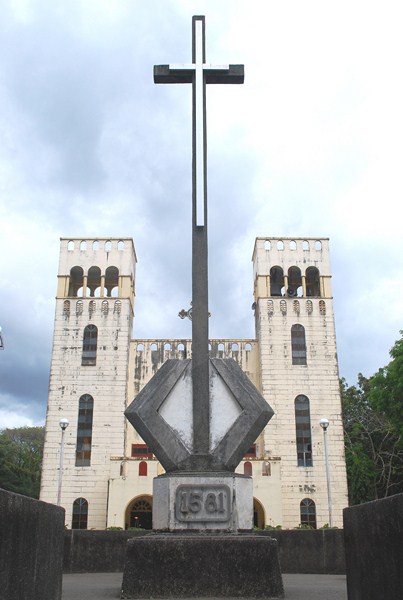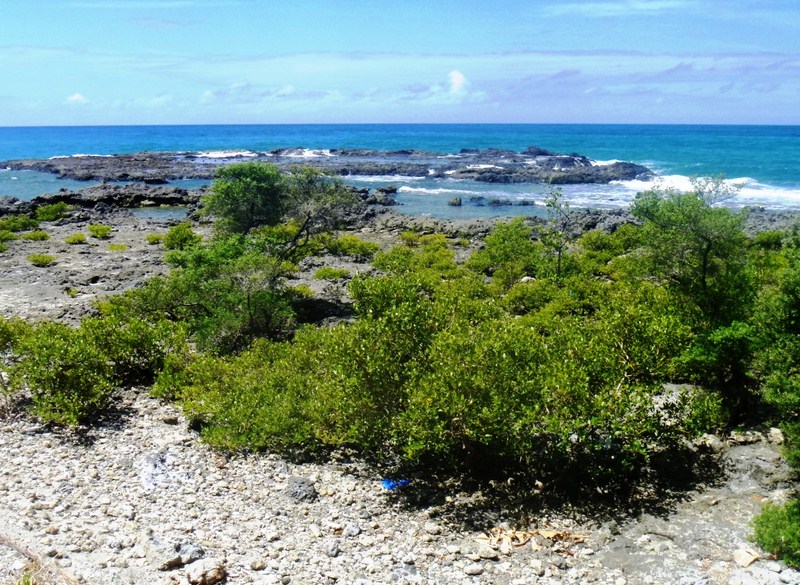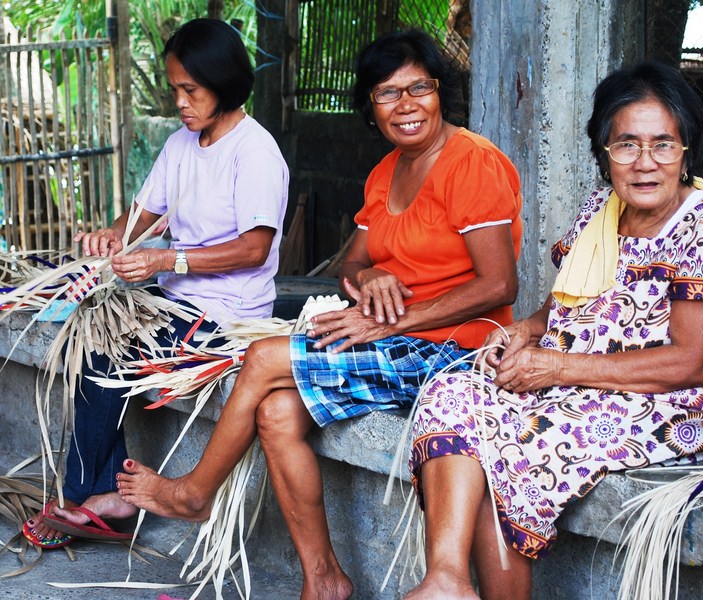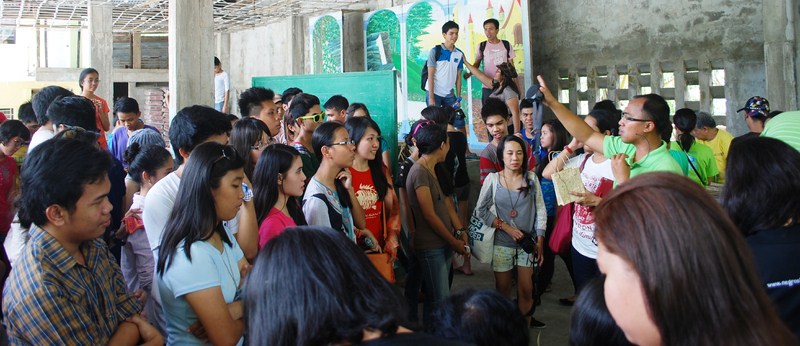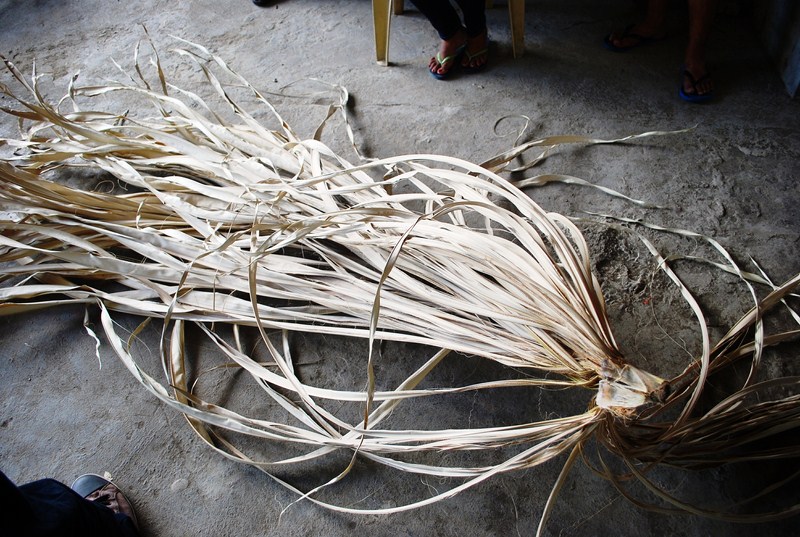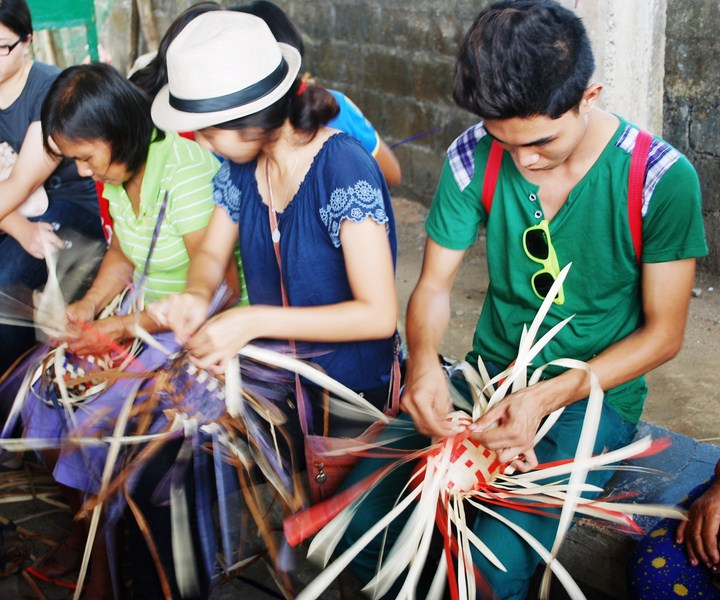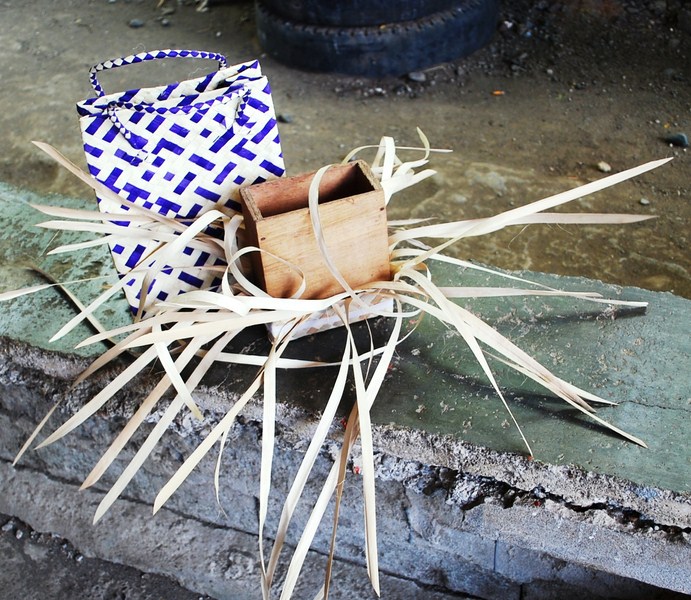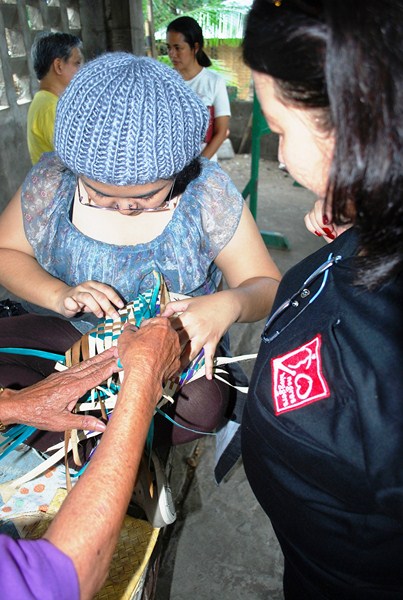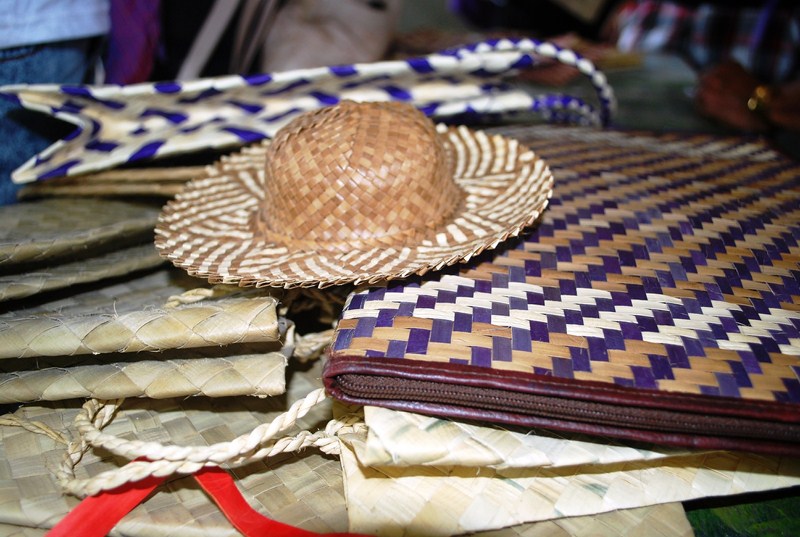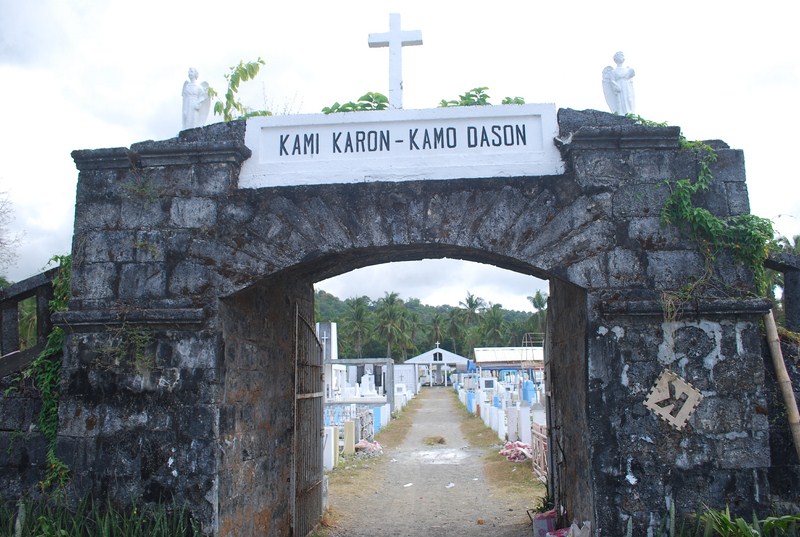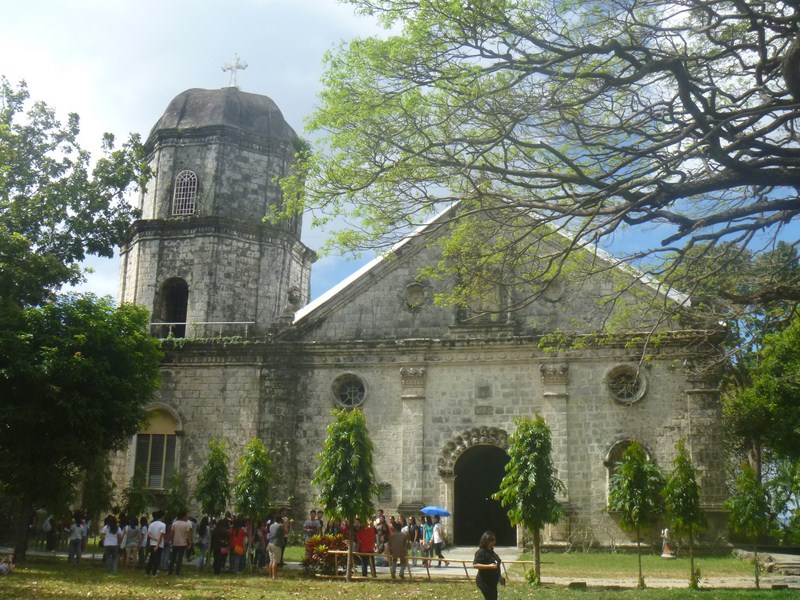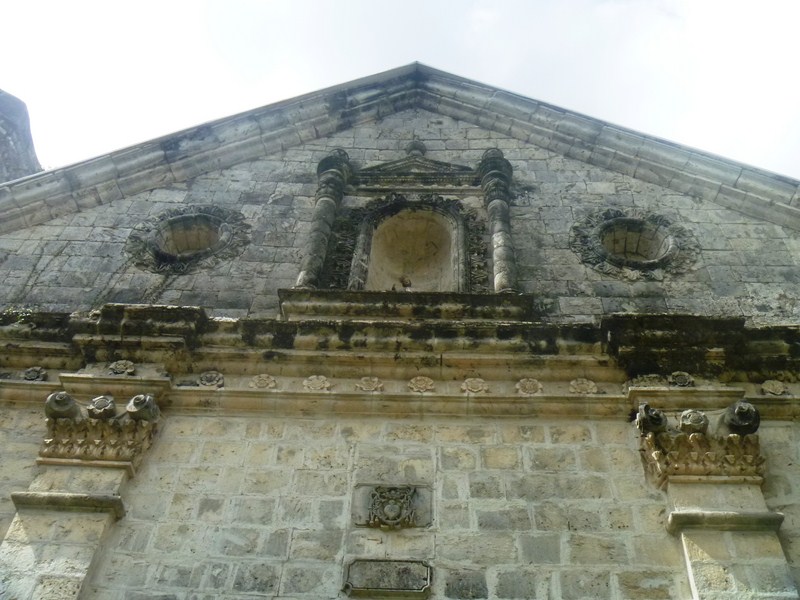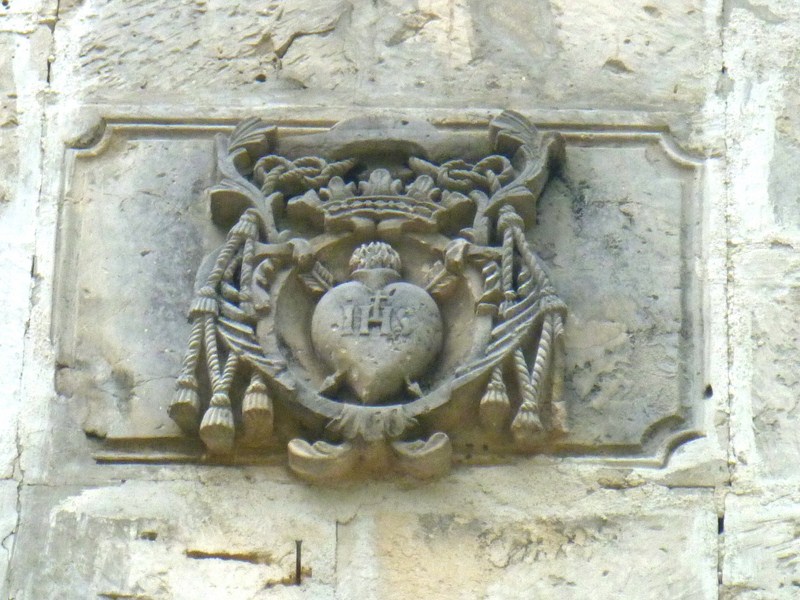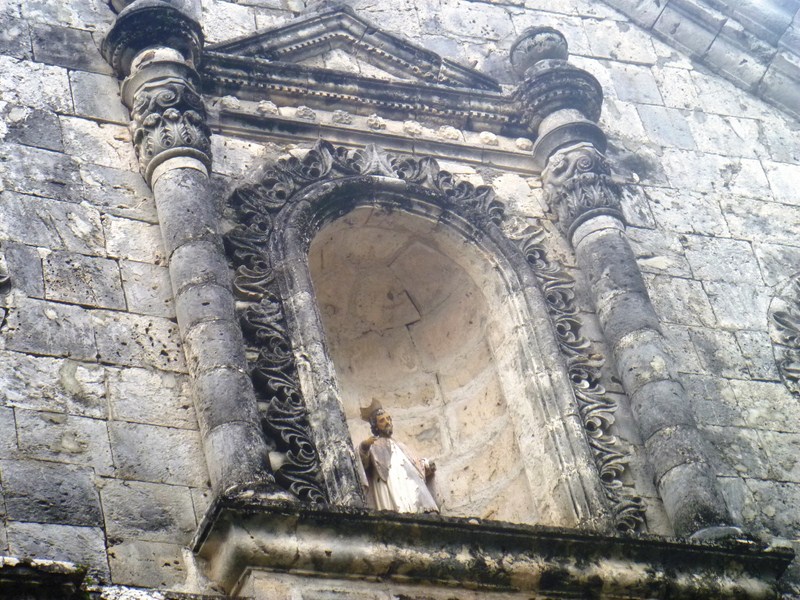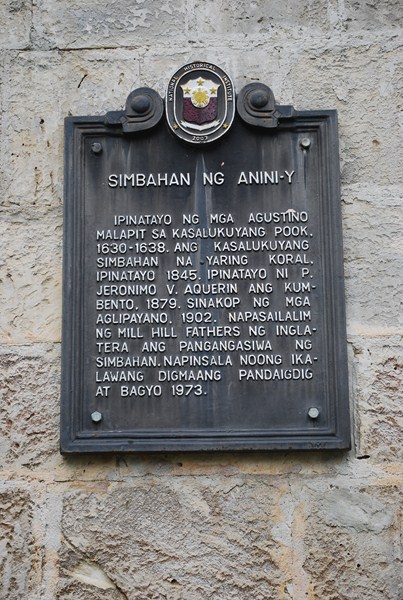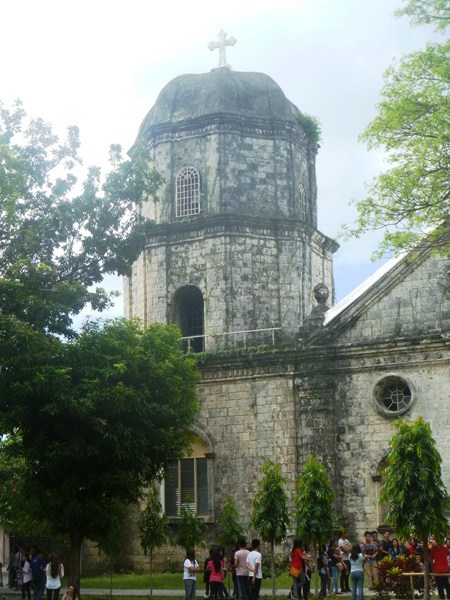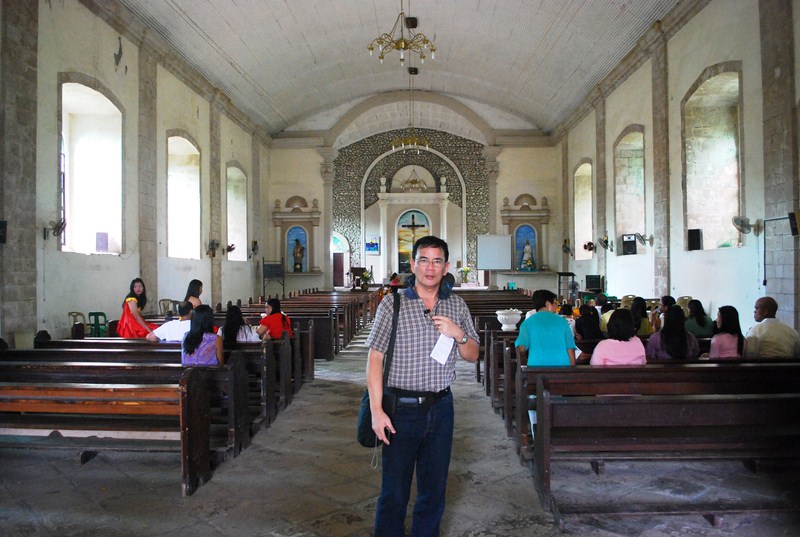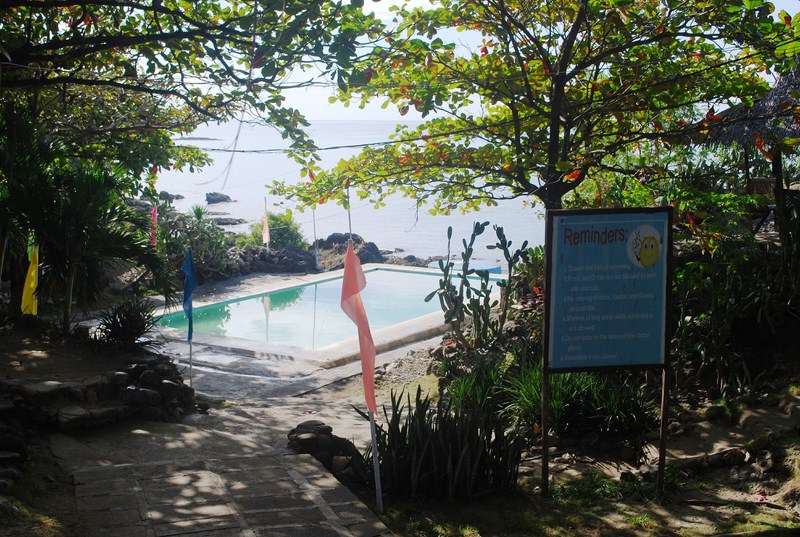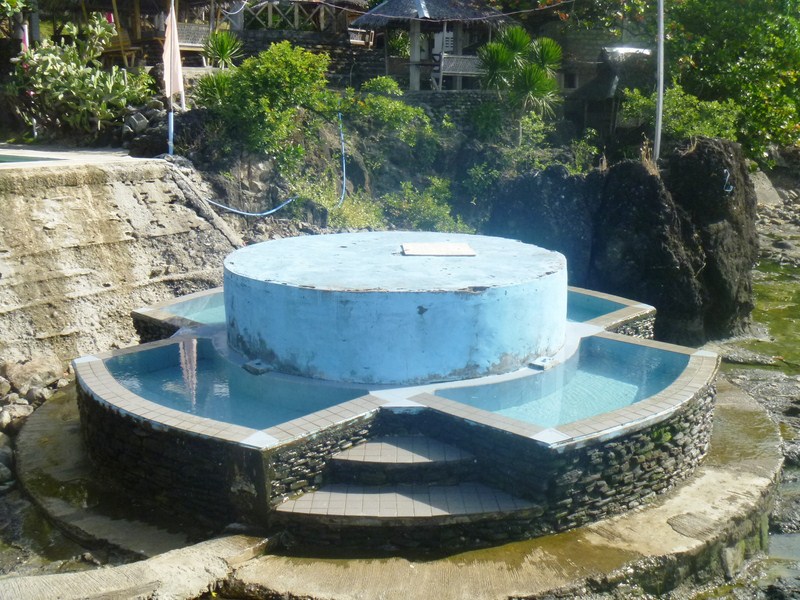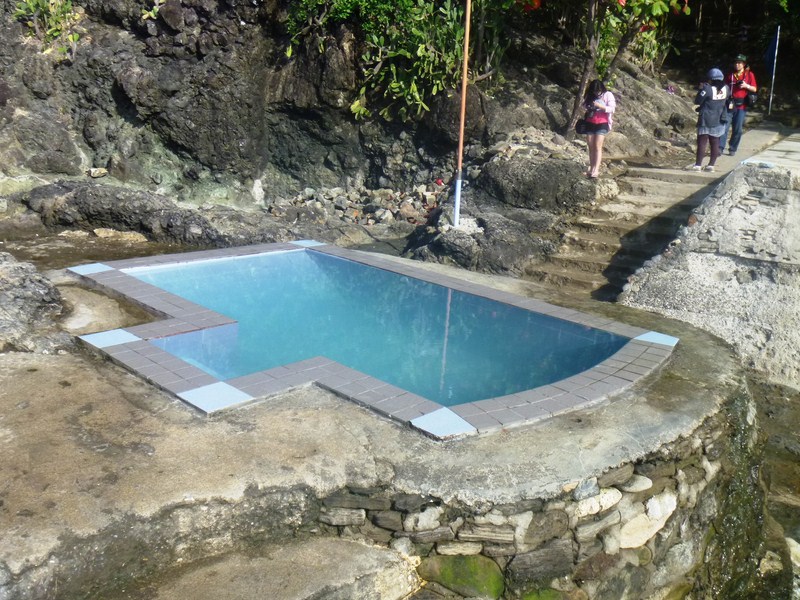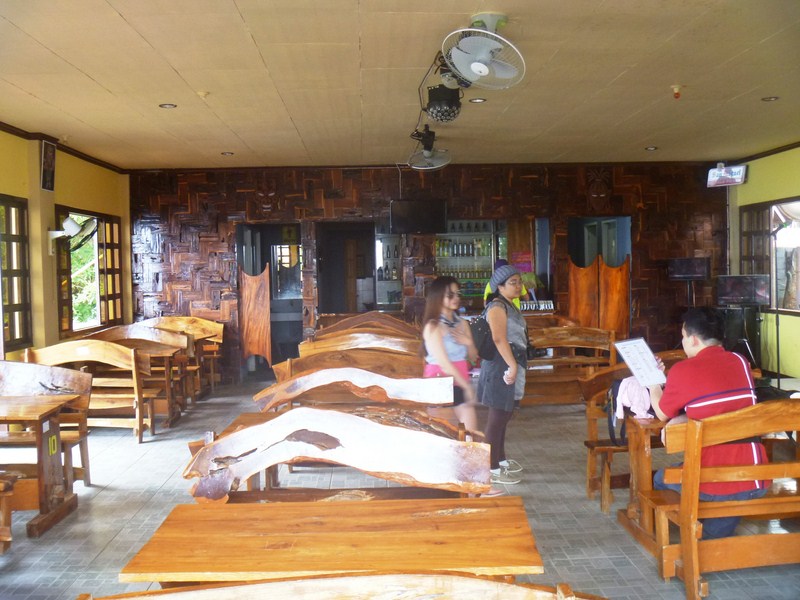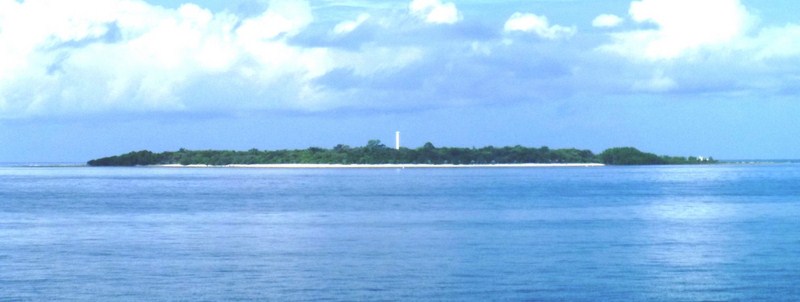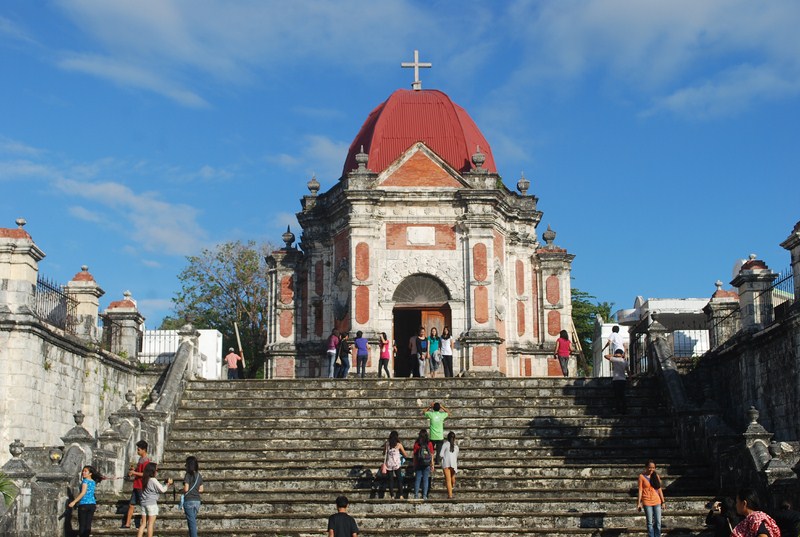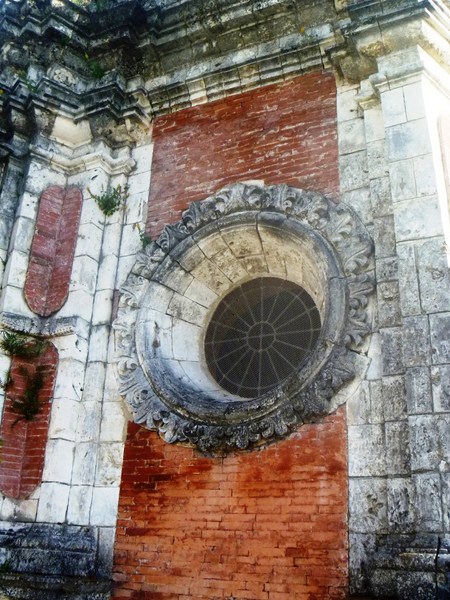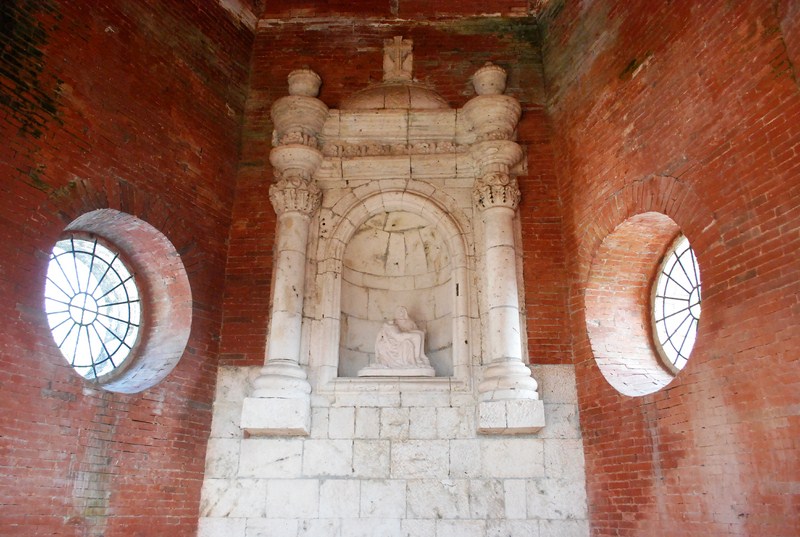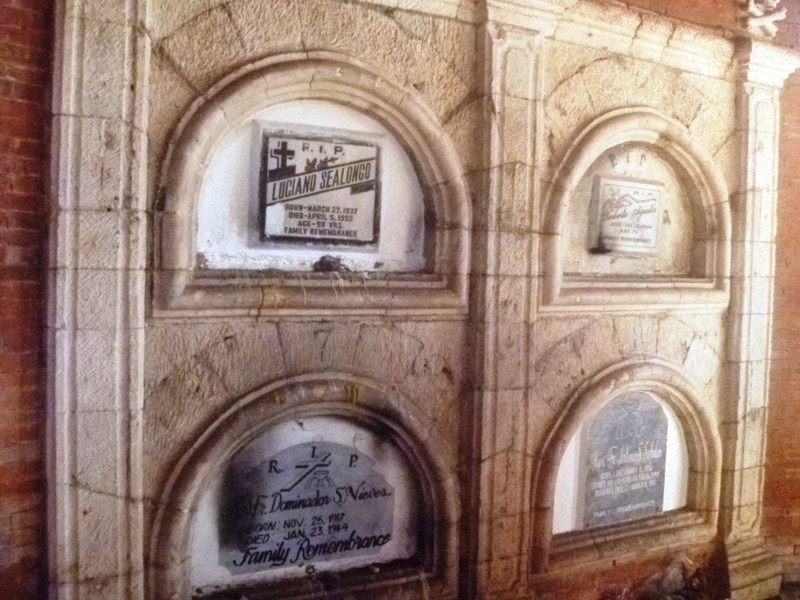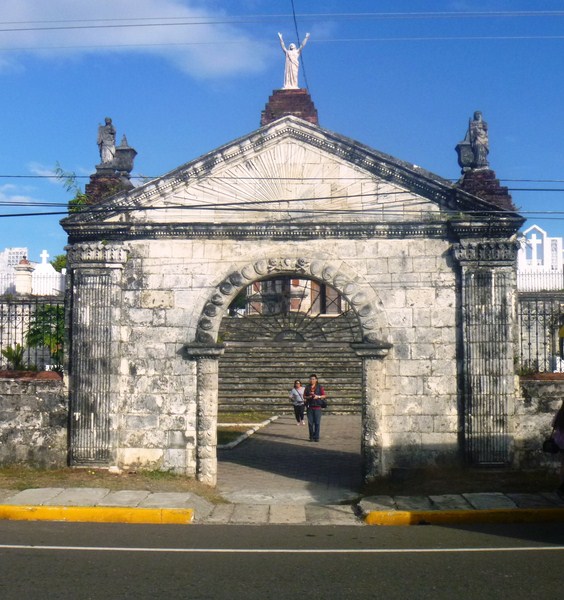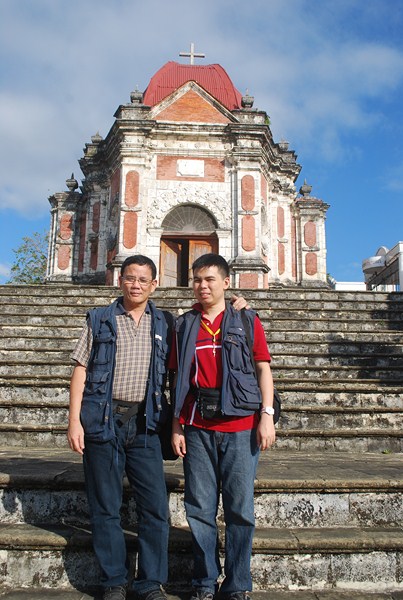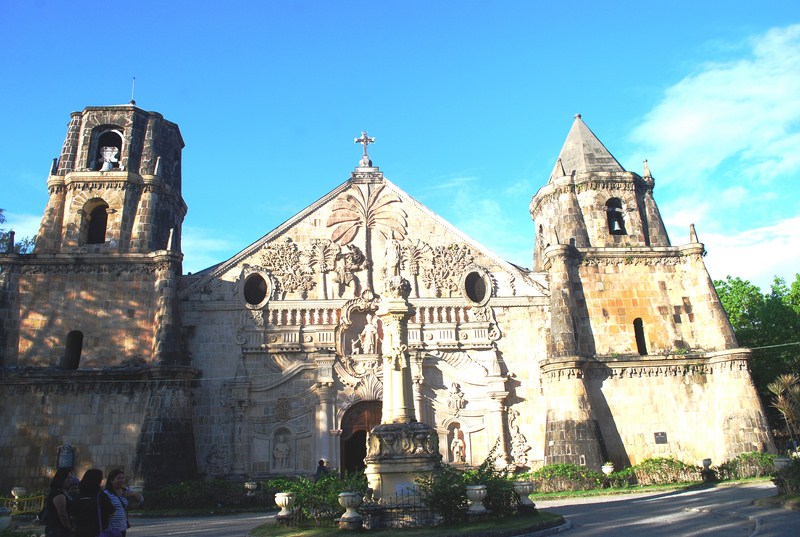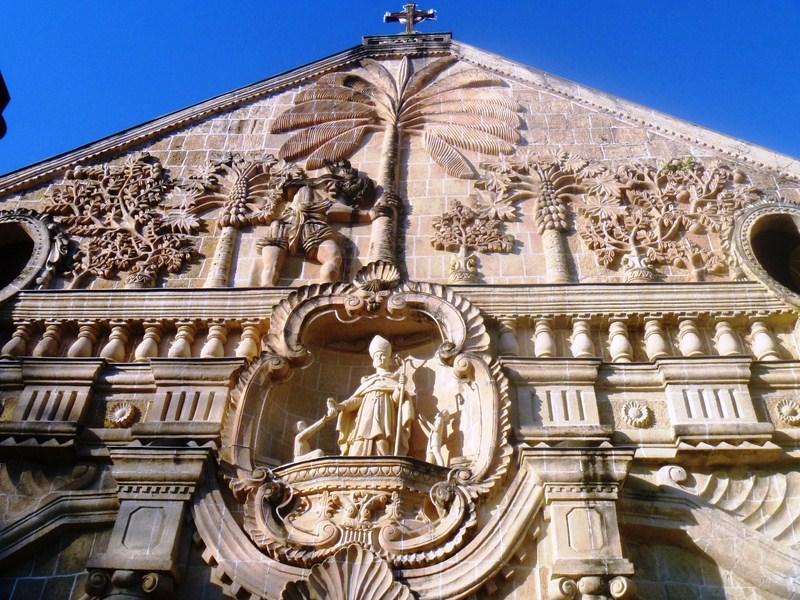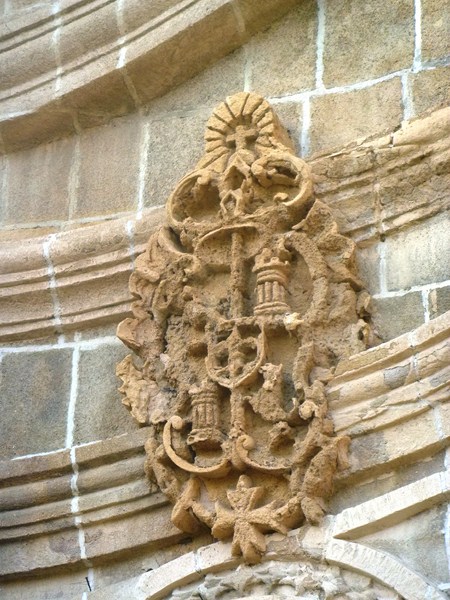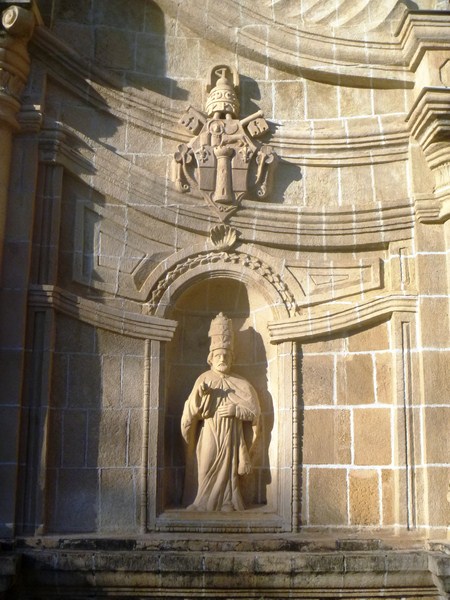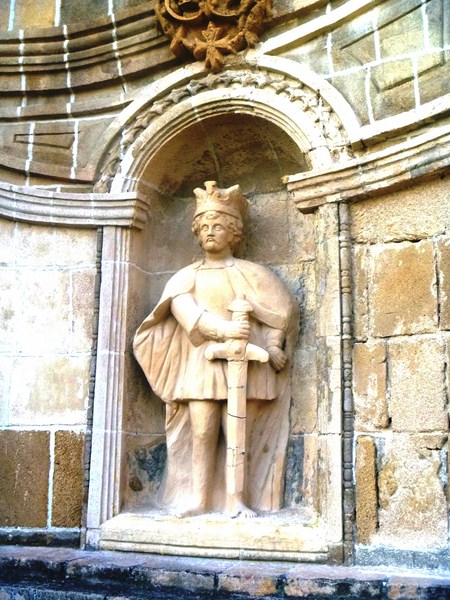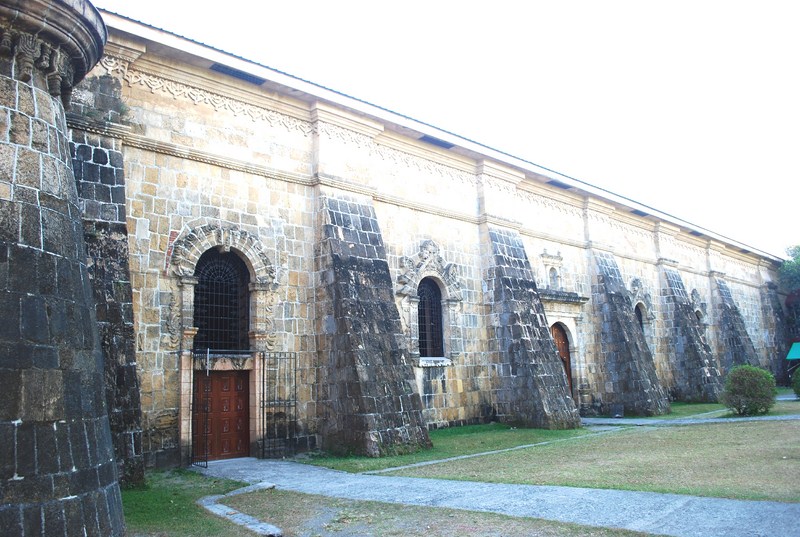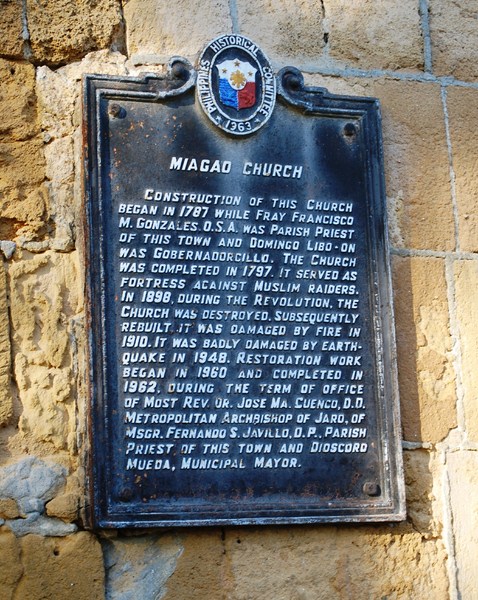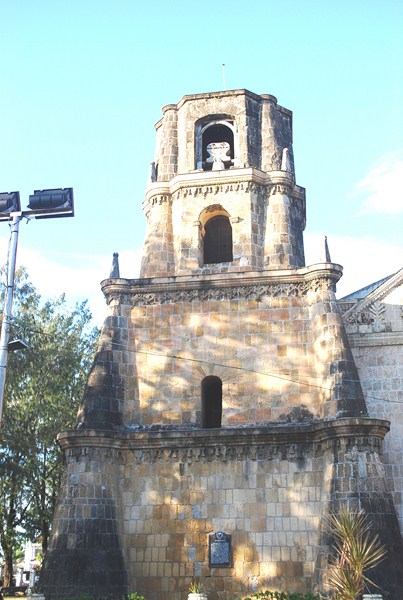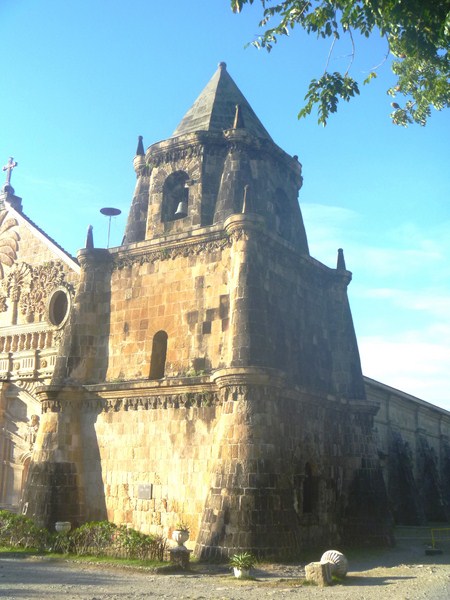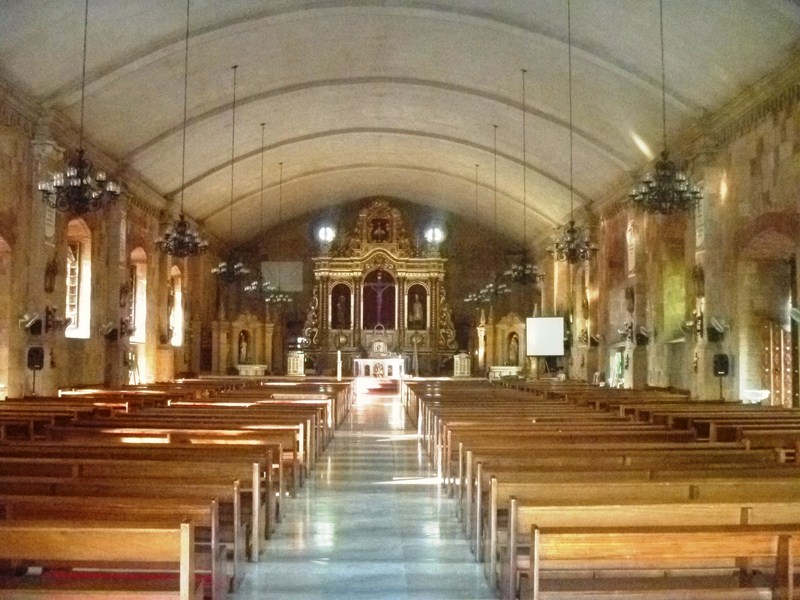From Tibiao Fish Spa, where we freshened up, we proceeded, come evening, to Tibiao town proper which was in fiesta mode, it being the Maninihon Festival, a celebration of the town’s pottery industry. We first proceeded to the home of Tibiao Mayor Gil B. Bandoja where we had a hearty 10-course dinner.
After dinner, we all proceeded to Tibiao Plaza where we were to watch, together with students of UP Visayas (Miag-ao, Iloilo), the Istorya Kanta Kinaray-a Night, a showcase of original Kinaray-a music (OKM). On hand to perform was OKM pillar Dante M. Berong, a Sangguniang Panlalwigan (Provincial Board) member and multi-awarded Kinaray-a music composer and artist, who is dubbed as “Panay’s King of Festival Theme Songs.” During the Philippine Independence Centennial celebrations, his composition “Mabuhay ka Pilipino!” was chosen as the official theme song on January 23, 1997.
Dante, who started writing song in the 1970s, got his inspiration to sing Kinaray-a songs from Mr. Bernie Salcedo, the “King of Kinaray-a Music.” Bernie started the trend of composing Kinaray-a songs way back in 1969 when he was just a teenager. Aside from Dante, Bernie also influenced OKM artists Sammy Rubido, Mark Quintella, Noel Tabo-Tabo, Noel Alamis and Edmund Infante.
Kinaray-a music, heard not only in houses in Antique but also in Iloilo, has grown to an artistic proportion that Antiquenos have learned to appreciate and enjoy. By stressing the importance of love of Antiqueno culture and its people, Dante and other OKM artists have lifted OKM to the next level.
Accompanying Dante on stage that night are the talented dancers of UA (University of Antique) Teatro Burulakaw Dance Troupe who seemed to be having fun, even as they provided rhythm and movement to Dante’s songs.
A performing artist invited to various events and places, Dante’s great performance and enthusiasm during the Istorya Kanta Kinaray-a Night easily won the crowd as well as us as he sang songs from his albums (Antique, Antiqueño and Mauli Gid Ako Sa Antique) including Katahum Kang Antique, Araguy Inday and Pangabuhi sa Uma. Also gracing the evening was Ms. Grachele Mae Managuit, Ms. Lin-ay kang Antique 2012, who was personally escorted on stage by Flord himself and serenaded by Dante.
It was quite late in the evening when we left Tibiao Plaza and, as we had a very full day of activities tomorrow, we now traveled the 17 kms. to the next town of Culasi where we were checked in at Paragon 88 Beach Resort.
How To Get There: Tibiao is located 73 kms. from San Jose de Buenavista, 12.6 kms. from Barbaza, 17 kms. from Culasi and 89 kms. from Brgy. Caticlan (Malay, Aklan).

